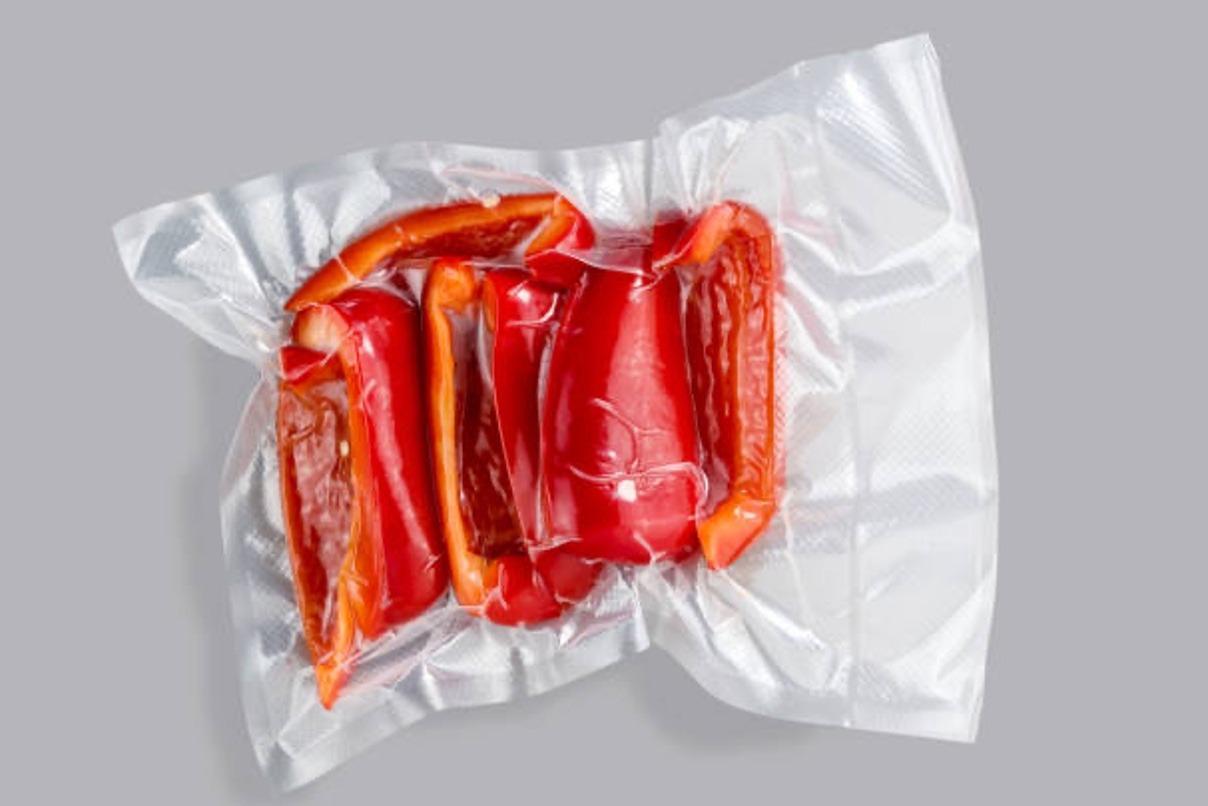Vacuum seal bags are one of the best ways to stretch your food budget even further when securing meals and keeping things as natural as possible. You can store absolutely anything in the perfect vacuum seal bags and store it in excellent condition as long as necessary. Many businesses rely on vacuum sealing, partly because there aren’t many other storage solutions that can give quality and protection.
Food can be vacuum-sealed quickly, and the storage life of products can be expanded to years rather than months. Vacuum-sealed meats do not discolour or darken.
These are the five quick tips that can guide you in using vacuum seal bags in your home:
Quick Tip #1: Choose a High-Quality Vacuum Seal Bag
Using various plastic bags will not work. They’ll cause many new issues, and your food won’t be properly closed. You may believe that buying cheaper bags will save you money, but this is not the case. Consider this: Even if you don’t employ specialized vacuum sealer bags for their desired uses, they are still preferable to the options. The grip is excellent since the plastic is thicker. You get a good amount of value for your budget. You may also want to use a high-quality vacuum sealer to ensure that the bags are sealed properly. Check out A Review of Vacuum Sealers: All You Should Know Before Buying to know more about choosing vacuum sealers.
Quick Tip #2: Recycle the Bags
The majority of non-recycled plastic ends up in water bodies, potentially causing pollution and damage to marine life. Since these toxins released after decomposition affect our soil and water, plastic can be hazardous to human health. Contact with these substances has been related to various illnesses and diseases, including cancer and birth problems.
Once you prefer vacuum packaging to preserve food in the freezer, ensure that the freshness and the crisp of the food will last for an extended period of time. And in some instances, vacuum seals are even recycled by the user. Simply clean and sanitize it properly, and ensure the label is replaced. If it has stored raw meat, you may want to wash it entirely before reusing it to hold more meat.
Quick Tip #3: Avoid Overloading Vacuum Bags
Three to four inches of space available should be maintained. You might be tempted to load even much stuff as possible into each bag, but this isn’t a wise option. If you allow space on top, the bag will seal better and recycle more efficiently.
The pressure gradually decreases as the bag loads up. The vacuum will not suction air through all of the material in the bag. It’s sucking the air and pushing it over the machine to keep the temperature. When the bag is full, air can’t get to the machine, which causes it to overheat.
Quick Tip #4: Use the Bags for Non-Frozen Food
Vacuum sealers are also helpful for processing and preserving bulky dry commodities, including dried fruit, herbs, spices, and flour and sugar. The goods are placed in a mason jar and sealed with the jar sealer attachment for non-powdery dry foods like fruit, peppercorns, or rice. This process is also called dry canning. This is highly helpful if you have a good harvest that will preserve for a lengthy period due to the large amount of produce available.
When vacuum sealing dry goods such as flour, as long as there is a border between the powder and the plastic bag, you may increase the product life. You can also purchase an additional block of cheese or a large sausage of cold meats and break it into smaller pieces before vacuum-sealing each piece to keep it fresh.
Quick Tip #5: Pre-Freeze and Pre-Blanch Before Sealing
Pre-freeze fruits and vegetables on a cooling rack before vacuum sealing. You’ll experience crushed fruit and veggies if you don’t do this. Before they’re packed and refrigerated, some vegetables should also be washed. Because it eliminates harmful bacteria, this is a standard procedure. This even improves the maintenance of food’s pigment, taste, and consistency.
But instead of having to maintain a plastic bag filled with liquid, you may pre-freeze significant portions of sauces and soups in convenient bowls and tubs. On the other hand, this method isn’t particularly kind to the environment. If you put a liquid in a plastic bag and chill it flat, it will hold its volume, making it simpler to layer containers or pile them on top.
Vacuum-sealer bags are the best option for any restaurant supply store in Vancouver, whatever your kitchen service industry or restaurant demands.
This food packaging in Canada is a tried-and-true method of preserving the freshness and quality of your meals.
These vacuum-sealer bags are made with nutritional sealant (plastic) ingredients that seal air out and restrict bacterial proliferation at rest better than any other packaging solution.

